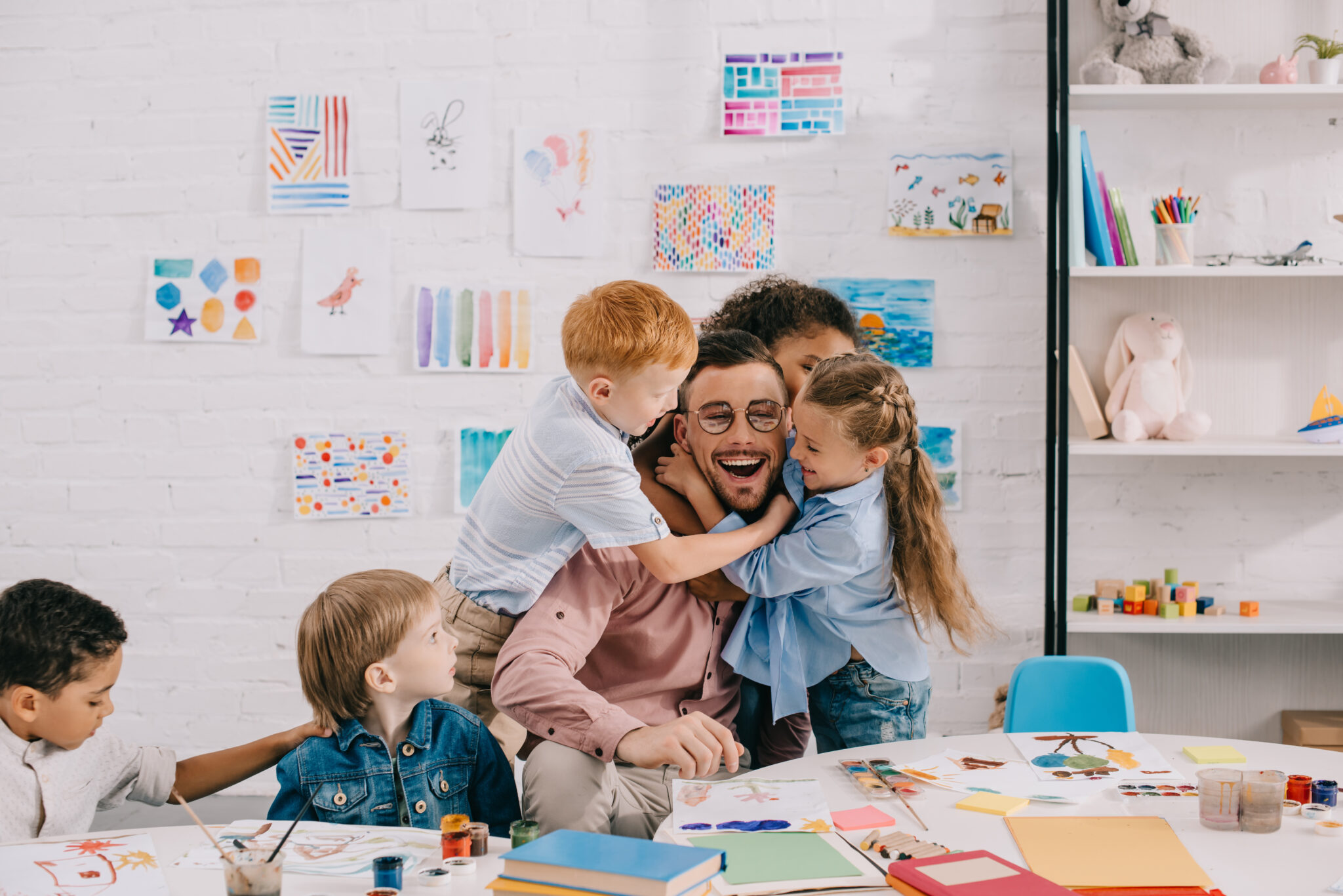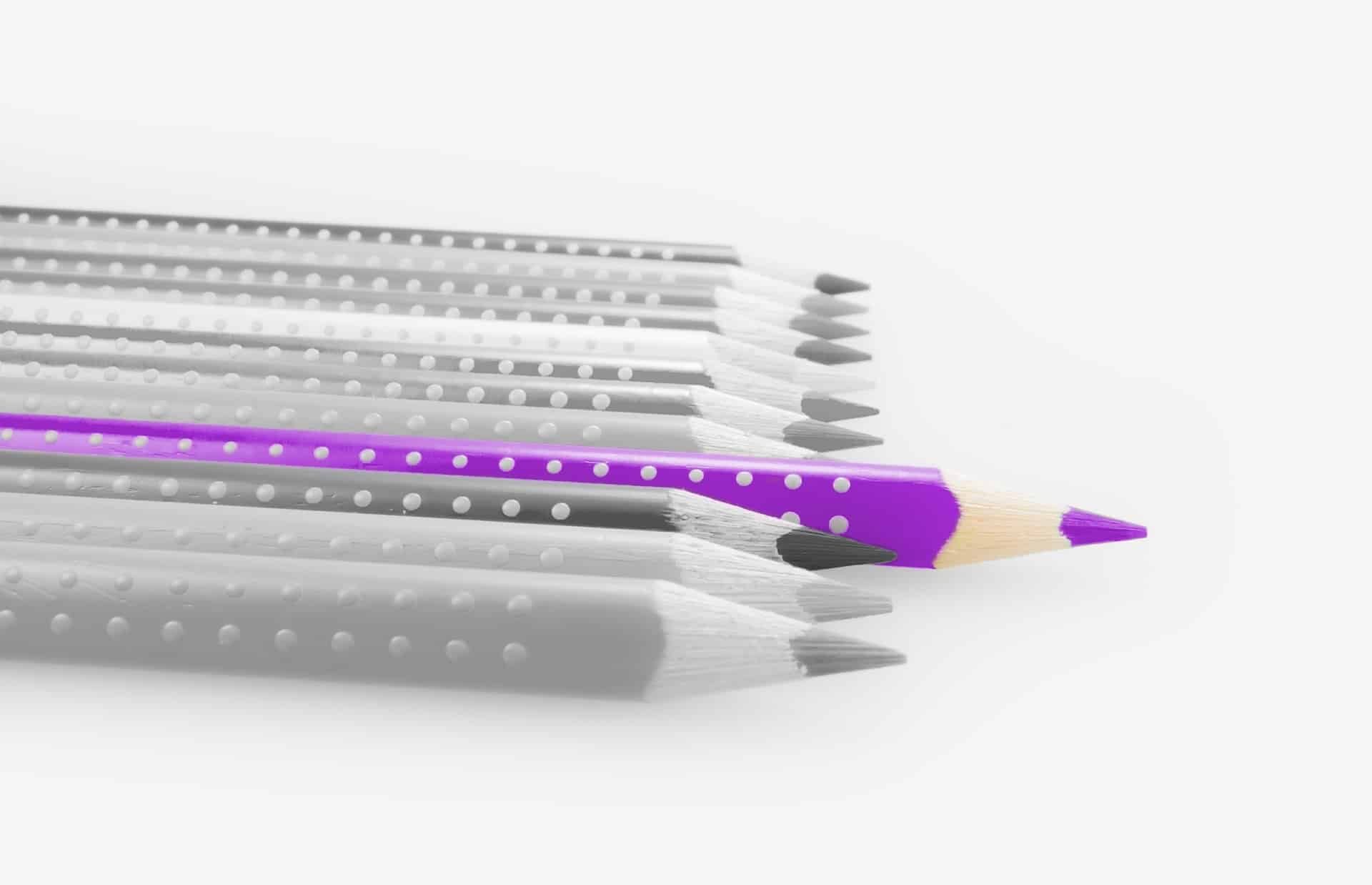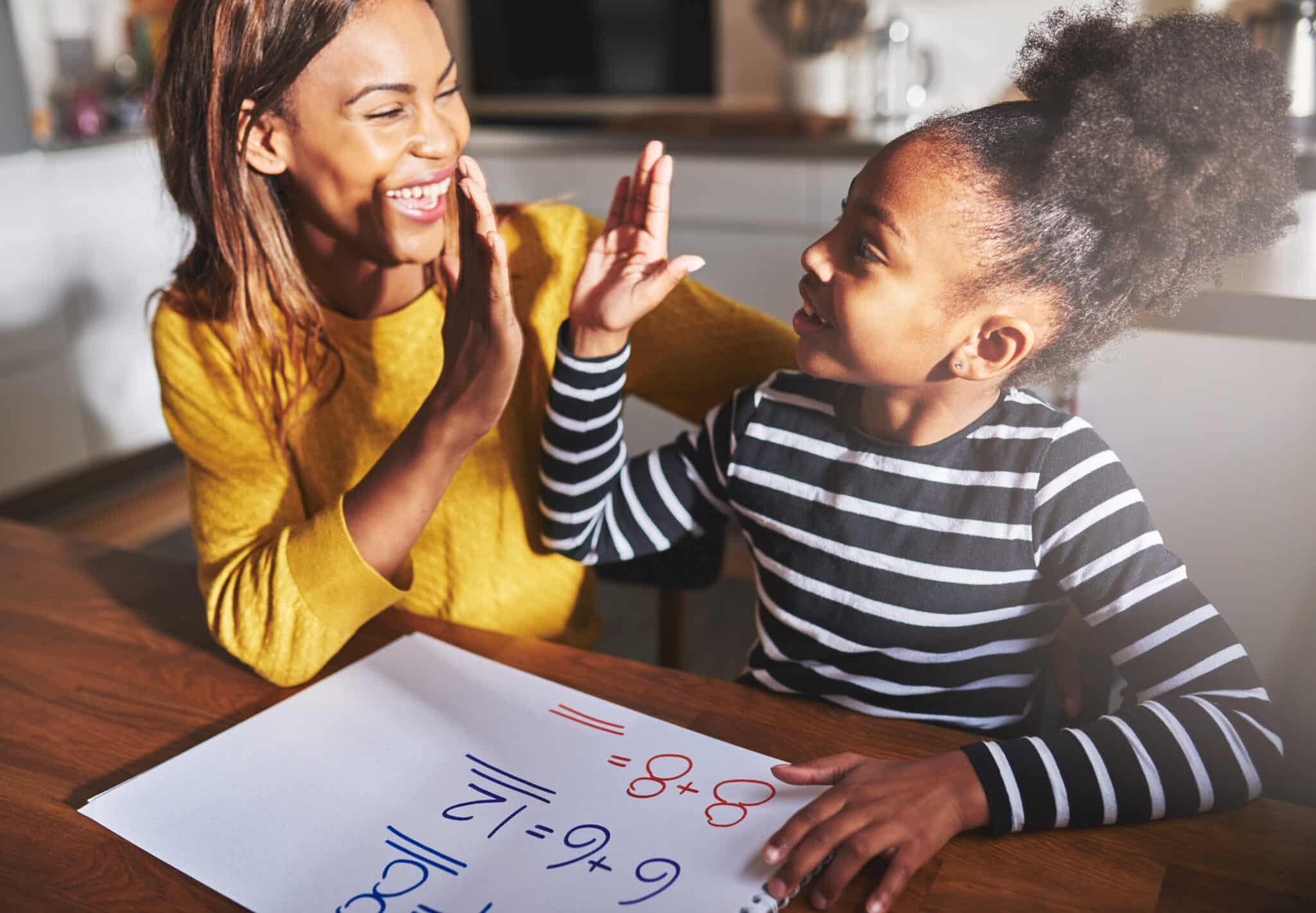Each year, the Research Resource Committee of the Texas Association for the Gifted and Talented (TAGT) selects one current topic to explore what the current research says and how it connects to the K–12 classroom. The leadership team decided to focus this year on a topic that has come to the forefront of conversations of educators and parents during this pandemic: motivation for achievement and causes of underachievement for gifted learners. This article synthesizes some of the findings from the past 3 years of gifted education research. During the annual giftED conference, the authors will dive deeper into the topic of underachievement and motivation during a panel presentation.
Educators constantly seek to understand what motivates gifted students to achieve, as well as factors that contribute to gifted learners underachieving. Underachievement occurs when there is a discrepancy between one’s accomplishment and one’s ability. “Underachievement had been defined, often with reference to Conklin (1940), Durr (1964), Shaw and McCuen (1960), Whitmore (1980), and Rimm (1986) as a ‘significant’ discrepancy between a high level of giftedness and a relatively low level of achievement” (Ziegler et al., 2012, p. 123). Finding the root cause of underachievement is challenging because of the myriad factors that may contribute to the lack of accomplishment. Research has shown that social-emotional issues—including peer pressure, perfectionism, undiagnosed learning disabilities, lack of engagement within the classroom, and teacher expectations—contribute to underachievement.
Understanding factors that motivate gifted learners to achieve are similarly complex, as they, too, are influenced by multiple factors. Often, motivation occurs when one is interested in the topic, has the ability to complete the task, and understands the purpose of the task (National Association for Gifted Children, n.d.). Motivation may be intrinsic (a personal desire to do well) or extrinsic (desire to get a prize for grades). Motivation and underachievement are interwoven, dynamic forces that contribute to students’ academic success. Unlocking the sources for motivation, or the lack of motivation, are keys to helping gifted learners achieve to their full potential. Detailed summaries of the research examined by the Research Resource Committee are provided below, and more information from each study will be shared at our Diving Deeper session at giftED20.
Literature Review
Topçu, S., & Leana-Taşcılar, M. Z. (2018). The role of motivation and self-esteem in the academic achievement of Turkish gifted students. Gifted Education International, 34(1), 3–18. https://doi.org/10.1177/0261429416646192
This study was conducted in Turkey with 184 gifted students (76 girls and 108 boys) in grades 4–8. The researchers set out to explore components of self-esteem and motivation as predictors of students’ academic achievement. They used the Coopersmith Self-Esteem Inventory to assess self-esteem and the Scale of Intrinsic Versus Extrinsic Motivational Orientation in the Classroom to assess motivational components. Students completed these surveys anonymously during one of their class periods. The authors found strong correlations between self-esteem, motivation, and academic achievement. All correlations were positive (e.g., students who had a higher self-esteem also had a higher academic achievement), except for extrinsic motivation and students’ desire to please the teacher. The latter were negatively correlated, indicating that those students who were extrinsically motivated cared less about pleasing the teacher. The authors also found that general self-esteem only explained a small amount of variance in academic achievement, and this was mainly the case for students in fourth grade. Intrinsic motivation was a better predictor of academic achievement, and this was strongest for students in seventh grade. Interestingly, extrinsic motivation was the main predictor of academic achievement for eighth-grade students. However, based on this research study, it is unclear why extrinsic motivation would increase with age.
Bolland, A. C., Besnoy, K. D., Tomek, S., & Bolland, J. M. (2019). The effects of academic giftedness and gender on developmental trajectories of hopelessness among students living in economically disadvantaged neighborhoods. Gifted Child Quarterly, 63(4), 225–242. https://doi.org/10.1177/0016986219839205
This study examined the role of gender, poverty, and giftedness in feelings of hopelessness. The authors aimed to illustrate “how giftedness and gender affect trajectories of hopelessness among predominantly Black students living in extreme poverty” (p. 231) compared with unidentified peers. Data were collected from the Mobile Youth Survey (MYS), a longitudinal study of adolescent poverty between 1998 and 2011 (p. 230). Of the 7,961 participants, 220 (2.76%) were labeled as gifted. The MYS used the Brief Hopelessness Scale, which had six questions, such as “All I see ahead of me are bad things, not good things” (p. 231). There were “differences between students identified as gifted and those not identified as gifted in their hopelessness trajectories, and these differences were moderated by gender” (p. 236). Gifted students had lower levels of hopelessness at all ages compared to their peers. Girls also had “lower levels of hopelessness than boys across all years of adolescence. When the students were 10, the difference was substantial, however, the protective ‘giftedness’ effect declined with age” (p. 236), and the levels of hopelessness between gifted students and peers became more similar. Also, hopelessness among gifted boys strongly increased during later adolescence.
This study has several relevant implications. First, to ward off the decline in the protective “giftedness,” educators should continue gifted services based on “activities and events, which foster feelings of group belongingness and connection to gifted peers” (p. 236). The study also suggested that girls may avoid feelings of hopelessness because they are more mature, have better stress coping mechanisms, and are less likely to witness violence (p. 229). Males may need targeted “interventions during high school” (p. 229) to avoid increased feelings of hopelessness, not only academic services.
Sewell, C. J., & Goings, R. B. (2020). “I struggled but I made it”: Black gifted underachievers on transitioning to college. Journal of Advanced Academics, 31(2), 111–128. https://doi.org/10.1177/1932202X20901506
Sewell and Goings conducted a qualitative study of gifted Black adults who were formerly part of the New York City Public School’s gifted and talented program. Through this work, they assembled four self-identified underachievers for further study as to their experience with the college application process and the resources used to enable a successful transition from high school to their first year of college. In their conclusion, the researchers found that participants believed their identity as Black gifted students affected their achievement and they had difficulty shifting between being Black and being gifted.
This dual identity became evident when completing the application process for higher education. Counselors had difficulty guiding them to institutions that would support not only their giftedness, but also their culturally diverse, often challenging, backgrounds. The students in the study pulled away from the typical application support avenues and had to make the difficult decisions with little or no guidance. However, once they made it to their higher learning institution, the connection of being Black and being gifted became evident and the students were eventually able to thrive.
The researchers concluded that these students were in an environment that should have enabled them easier access to the social and cultural capital most gifted and talented students receive. Having college counselors trained on the needs of gifted Black students would not only help these students make better, more informed decisions, but also help them in transitioning to college.
Steenbergen-Hu, S., Olszewski-Kubilius, P., & Calvert, E. (2020). The effectiveness of current interventions to reverse the underachievement of gifted students: Findings of a meta-analysis and systematic review. Gifted Child Quarterly, 64(2), 132–165. https://doi.org/10.1177/0016986220908601
Underachievement was identified as the number-one concern of the National Research Center on Gifted and Talented, which led to the need for meta-analysis of current research. The meta-analysis reviewed 14 empirical studies that examined academic achievement and psychosocial outcomes of underachieving gifted students. The study identified underachievement as a discrepancy between marked ability/potential and observed performance. Multiple criteria were used; however, consistency in the research studies included understanding who underachievers are, analyzing pathways and trajectories of underachievement, and developing and evaluating the effects of intervention. Achievement was primarily measured by using course grades, GPA, and retention rates. The psychosocial outcomes were narrowed down to five areas: self-efficacy, goal valuation (student value of the work), perception of the environment, self-regulation, and psychosocial functioning.
The findings showed improved psychosocial outcomes and no measurable achievement change. Students reported positive changes in the areas of autonomy and task value, connections with peers and mentors, work habits, and self-regulating behaviors. The overall evidence was rated as low quality due to some studies using experimental studies, selection biases, student self-rating credibility, implementation fidelity, and limited studies that met the study criteria. The meta-analysis resulted in no evidence of specific interventions impacting academic achievement in gifted underachievers, especially when measuring positive changes in course grades. A consistent factor in 13 out of 14 studies included activities designed to boost student engagement. Christenson et al. (2012) defined engagement as including academic, behavioral, affective, and cognitive components. Student engagement, in these four areas, may significantly influence achievement in measurable ways according to the findings of the meta-analysis review conducted by Steenbergen-Hu et al. (2020). Further research should consider how achievement is measured and use measures of data collection other than course grades or achievement tests. Practitioners, based on this study of the interventions to support growth in achievement and psychosocial outcomes, cannot attach to one intervention due to the multifaceted causes and needs of students. Practitioners should begin with investigating the cause of underachievement and then consider intervention strategies that target self-efficacy, intrinsic motivation, and engagement. In conclusion, the researchers felt that continued research in this area is needed. Researchers are encouraged to include use of the framework that investigates motivation and engagement as a factor that can impact academic achievement.
White, S. L. J., Graham, L. J., & Blaas, S. (2018). Why do we know so little about the factors associated with gifted underachievement? A systematic literature review. Educational Research Review, 24, 55–56. https://doi.org/10.1016/j.edurev.2018.03.001
White et al. reviewed nine articles that reported empirical research related to underachievement in gifted learners. White et al. sought to first understand how researchers were identifying gifted learners. Although the majority of these studies utilized both verbal and nonverbal measurements, two did not. This is a concern, as best practice recommends the use of multiple measures for gifted identification. Next, White et al. examined the instruments utilized to identify underachievement. The majority of the studies used a direct measure, such as an achievement test score or GPA. Concerns were raised again due to the degree of variability in determining the underachievement criteria. Rather than using a standardized discrepancy model, White et al. found that researchers utilized a researcher determined cut-off score. As a result, the findings within these studies are limited in their generalizability.
The final question explored by White et al. were the factors identified as a cause of underachievement. Common factors were motivation (desire to achieve), emotion (related to anxiety), and students’ perceptions of school. Motivation was consistently lower in gifted underachievers, while emotional stress was significantly higher among the underachievers. Yet, conflicting results were found in a few of the studies, raising the hypothesis that maybe it is not the emotional stress that causes underachievement, but rather a student’s ability to control their emotional stress. The final studies reviewed focused on classroom environmental perceptions. Students’ perception of school, teacher, and classroom are factors tied to underachievement, but White et al. argued, researchers cannot provide a generalized understanding as to what causes these students’ feelings due to the myriad possible influences.
White et al. identified that the structural aspects of school are lacking in gifted underachievement research. School structures such as the curriculum, instructional strategies, programs, policies, teacher training, and qualifications may hold the key to reversing underachievement. Linking these structures to educational reform, policies, and mandates may provide the funding and resources necessary to increase academic motivation and accomplishment for gifted learners. White et al. argued that without a shift in research away from individual case studies to research that results in more generalizable findings, gifted underachievement will continue to be a problem for these learners.
Ritchotte, J., Rubenstein, L., & Murry, F. (2015). Reversing the underachievement of gifted middle school students: Lessons from another field. Gifted Child Today, 38(2), 103–113. https://doi.org/10.1177/1076217514568559
This article reviewed underachievement within gifted middle school students, interventions, and step-by-step plans for reversing their underachievement in schools. When developing an intervention and model, the researchers suggested using functional behavioral analysis (FBA). FBA is used within special education as a way to target a specific source of behavior and then create possible interventions to address it. Researchers believe that in order to address underachievement in gifted students, a plan needs to be developed for addressing underachievement, and stakeholders (teachers, parents, students, etc.) must consider the impetus behind the student’s poor academic performance.
The researchers believed that using a step-by-step process with the FBA model has the ability to reverse underachievement by focusing on the specific behaviors related to the underachievement. Underachievement may not be addressed by one single intervention. Collaborating with a group of stakeholders involved with the student’s achievement, targeting the source(s) of the behavior, and developing an individualized plan to address those behaviors may reverse underachievement in gifted middle school students.
Guthrie, K. H. (2020). The weight of expectations: A thematic narrative of gifted adolescent girls’ reflections of being gifted. Roeper Review, 42(1), 25–37. https://doi.org/10.1080/02783193.2019.1690080
Building on years of research (Freeman & Garces-Bascal, 2015; Kerr, 1985; Kerr & McKay, 2014; Reis, 2002, 2003; Reis & Hébert, 2008) on the achievement of gifted girls, Guthrie described a 3-week, five-session experience and its impact on 25 high school girls. The purpose of the study and research questions addressed what being gifted means to teenage gifted girls.
The Ups and Downs of Being Gifted, Expectations, Being a Gifted Girl, and Future Dreams are examples of the topics the girls reflected on and discussed in small-group sessions and wrote about in their journals. Yoga and relaxation activities engaged the girls in laughter and were used to build group synergy. Qualitative data were compiled, coded, and analyzed for recurring strands. Three themes emerged: Pressure to Please, A Wavering Sense of Self, and Feeling Lonely at the Top.
The gifted girls reported feeling pressure to please from adults, peers, and from society. Adults pressured girls to push toward excellence while peers communicated expectations that if you are gifted, you cannot fail. Gifted girls wanting to “fit in” with their peers described themselves as being pulled in different directions. The society holds expectations that girls should marry and choose careers that align with marriage and family. Girls struggle to avoid the stress and the results of perfectionism that are byproducts of the pressure. Girls described struggling with self-doubt and a desire to remain at the top of success, knowing that one misstep may lead to the question, “Am I really gifted?” The girls concluded that “It’s lonely at the top.” Guthrie concluded with implications for connecting, reflecting, and sharing opportunities among adolescent gifted girls at an early age.
References
Christenson, S. L., Reschly, A. L., & Wylie, C. (2012). Epilogue. In S. L. Christenson, A. L. Reschly, & C. Wylie (Eds.), Handbook of research on student engagement (pp. 813–817). Springer. https://doi.org/10.1007/978-1-4614-2018-7
Freeman, J., & Garces-Bascal, R. M. (2015). Gender differences in gifted children. In M. Neihart, S. I. Pfeiffer, & T. L. Cross (Eds.), The social and emotional development of gifted children: What do we know? (2nd ed., pp. 17–28). Prufrock Press.
Kerr, B. A. (1985). Smart girls, gifted women: Special guidance concerns. Roeper Review, 8(1), 30–33. https://doi.org/10.1080/02783198509552923
Kerr, B. A., & McKay, R. (2014). Smart girls in the 21st century: Understanding talented girls and women. Great Potential Press.
National Association for Gifted Children. (n.d.). Motivation and learning. https://www.nagc.org/resources-publications/resources-parents/motivation-and-learning
Reis, S. M. (2002). Internal barriers, personal issues, and decisions faced by gifted and talented females. Gifted Child Today, 25(1), 14–28. https://doi.org/10.4219/gct-2002-50
Reis, S. M. (2003). Gifted girls, twenty-five years later: Hopes realized and new challenges found. Roeper Review, 25(4), 154–157. https://doi.org/10.1080/02783190309554220
Reis, S. M., & Hébert, T. P. (2008). Gender and giftedness. In S. I. Pfeiffer (Ed.), Handbook of giftedness in children: Psychoeducational theory, research, and best practices (pp. 271–291). Springer.
Ziegler, A., Ziegler, A., & Stoeger, H. (2012) Shortcomings of the IQ-based construct of underachievement. Roeper Review, 34(2), 123–132. https://doi.org/10.1080/02783193.2012.660726
Blythe Brown, an advanced academics specialist in Clear Creek ISD, has 20 years of experience in education. Her classroom experience ranges from departmentalized to self-contained upper elementary teacher, math instructional coach, and advanced academics specialist. Blythe enjoys sharing her love of learning with teachers locally and across Texas. Blythe was honored to receive the Texas Association for the Gifted and Talented Innovation in Giftedness Award in 2016.
Ophélie Allyssa Desmet, Ph.D., is a research assistant at Purdue University. Her research focuses on underachievement and talent development, underrepresentation, and effective classroom practices in gifted education.
Alex Kabli, MAT, is the gifted and talented coordinator in Splendora ISD, a rural school district northeast of Houston. She is the elementary pull-out teacher and also coordinates the SPARK program for secondary students. Equity and the effects of poverty have always been her passion, especially as they relate to education.
Katie D. Lewis, Ed.D., is an associate professor at York College of Pennsylvania. She coordinates the Secondary Education and Post-Baccalaureate education programs, and teaches undergraduate courses designed to prepare teachers for certification. Dr. Lewis has 5 years of experience teaching in public schools, where she served as grade chair, lead science teacher, gifted cluster teacher, and mentor to student teachers. She actively serves in leadership roles for the Texas Association for the Gifted and Talented and the National Association for Gifted Children.
Kristin L. Majority, M.Ed., has been in gifted education for nearly 20 years as a teacher and gifted specialist. She completed her Master of Education, specializing in gifted studies, from SMU, and will complete her Ph.D. in gifted and talented education in the fall of 2020.
Joyce E. Kyle Miller, Ph.D., is a faculty member at Texas A&M University Commerce. She coordinates the gifted and talented graduate program at A&M Commerce and teaches the online courses designed to prepare teachers for certification in gifted education. Dr. Miller advises students pursuing master’s and doctoral degrees in curriculum and instruction, and coordinates the secondary education program. She served as a board secretary for the Texas Association for the Gifted and Talented and has served as a U.S. delegate to the World Conference for Gifted Children.
Javetta Jones Roberson, Ed.D., is the coordinator of Secondary Advanced Academics and Gifted and Talented at McKinney Independent School District. She is a board member for the Texas Association for the Gifted and Talented and the Council of Exceptional Children, The Association for the Gifted (CEC-TAG). She also serves on the Diversity and Equity Committee and Special Populations Network of the National Association for Gifted Children. Her research focus includes diverse gifted and AP populations, culturally responsive pedagogy (teaching and leadership), and professional learning of special and gifted education teachers.







